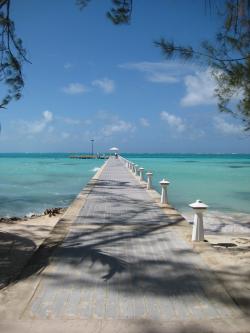jks
About
- Username
- jks
- Joined
- Visits
- 36,739
- Last Active
- Roles
- Member, Administrator, Moderator
- Points
- 670
Reactions
-
Aluminum Enclosure Fan
Just about any 30x30mm brushless 3.3-5V fan will do. Try to get one with ball instead of sleeve bearings. Running a 5V fan on the 3.3V from the Kiwi Grove connector is fine and will reduce the fan noise (I believe the enclosure ships with a 5V fan).
When the time comes the biggest problem will be putting the Grove connector on the new fan leads. The pins should be removable from the white body of the Grove connector. Or you could cut-and-splice the wiring. I prototyped with some fans from Mouser I think. -
v1.290/291/292 software updates
-
Kiwi + Lightning
With a TVS it's not so much the voltage that kills them as the time profile of the current pulse. The Kiwi uses the CDSOD323-T03C and the data sheet is here: https://www.bourns.com/docs/Product-Datasheets/CDSOD323-TxxC.pdf -
S meter averaging? [fixed in v1.290]
-
Changing the Linux hostname - will I break something?




